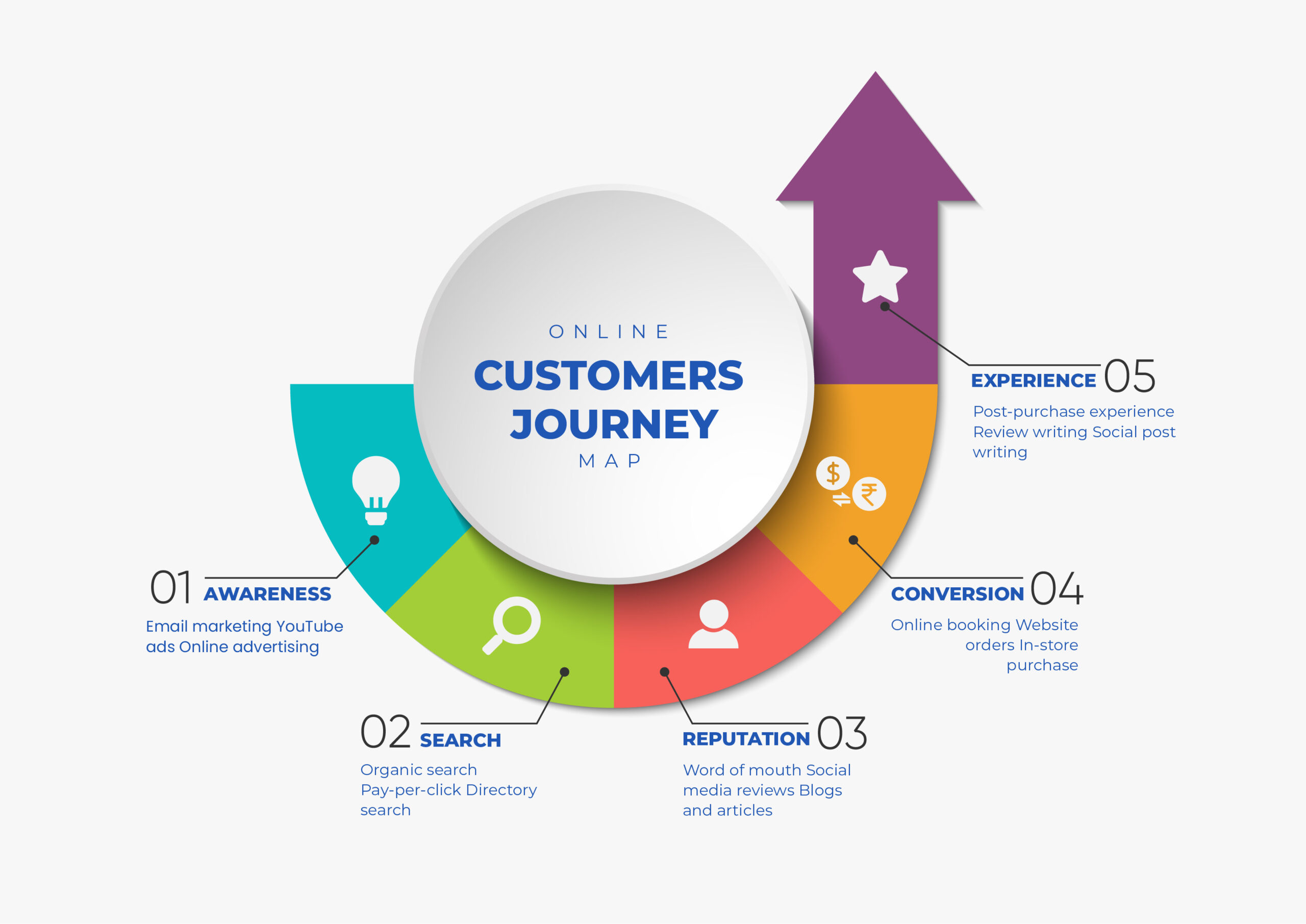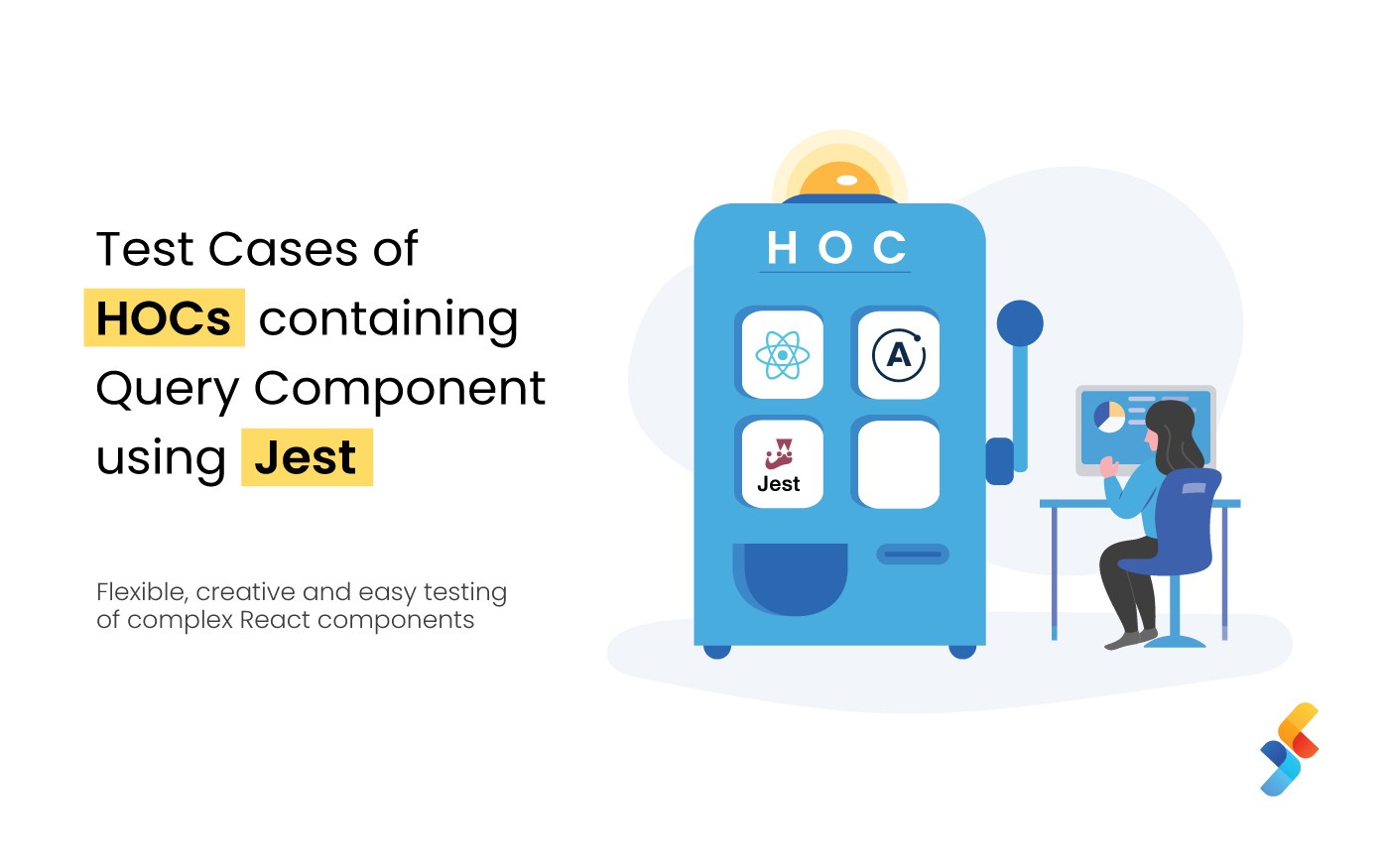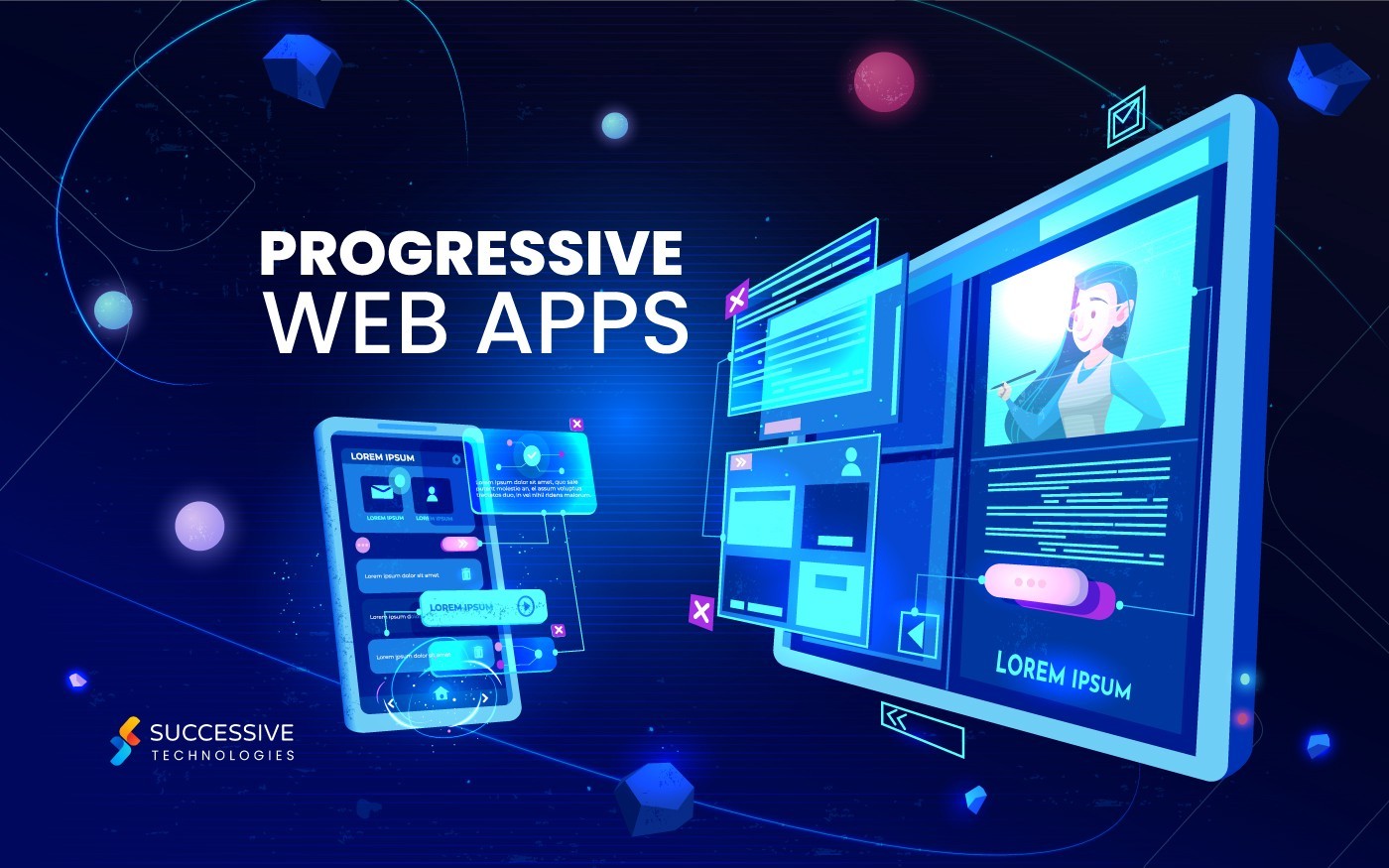Why is customer experience so important?
As industries mature, customer expectations keep evolving as well.
Companies that are leading this evolution know that success in the customer experience (CX) game is equivalent to business success overall. After all, 84 percent of companies that work on improving CX see higher revenues.
And with 86 percent of buyers willing to pay more for better customer experiences, this isn’t just a good-to-have — it has to become a top priority for those who want to reduce customer churn and increase their revenue.
Read our Tips on Designing PWAs to Boost User Experience
How do you develop a customer experience strategy?
Customer experience spans the whole customer journey and includes how people think and feel about your brand.
Here are the 8 steps to follow to create a great customer experience strategy for your business:
1. Review and evaluate your existing strategy

Step one is to evaluate your current approach to customer experience, and learn how well it is working for you.
To understand this, internally, you can conduct interviews across leadership roles within your organization to gather perspectives.
Externally, try to explore what customers think about your brand. You can use surveys to track metrics such as net promoter scores (NPS) and customer satisfaction (CSAT), analytics data, and interviews for this. How positively or negatively do your customers feel about interacting with your brand, and why? Where do they perceive value associated with your brand?
If you have web and mobile apps, consider doing usability and accessibility audits for these. Also review your user experience (UX) strategy and information architecture to better understand how well it is meeting your customers’ needs.
Also compare your offerings with those of your top competitors. What kinds of experiences do others in your industry offer? Include parameters like financial performance, churn, trends, etc. Review your findings to see where the gaps are between you and your competitors.
This kind of analysis can help you identify where you are lagging and need to catch up. Another valuable outcome is if you can spot areas that others aren’t paying attention to, turn these into differentiators for yourself, and get ahead.
Exploring these aspects will help you determine what’s working well and discover how to improve customer experience for your brand across all touchpoints throughout the customer’s journey.
2. Understand your customers’ journey and expectations
This is one of the key steps to improve CX for your brand.
Sift through the data you have on your customers to gain insights about them. Create personas to understand them better. Spend time on analysis and really try to understand them as individuals, including their emotional mindsets, wishes, and needs.
Then, map out your key customer journeys, identifying all the points of interactions with customers. HubSpot offers some free customer journey map templates which you can download here.

Next, do a gap analysis. What are the pain points for your customers? What could help to make these interactions more pleasant?
Break down customer expectations into different categories. First, establish what their baseline expectations are (e.g. timely responses to complaints).
Then, ask what are the real value-adds where you can differentiate? For instance, your customers may want dependable self-service support options like chatbots, or user-friendly knowledge bases with relevant, organized documentation.
Also, track how customer needs fluctuate over a set period of time such as a month or a year. This could help you anticipate and solve problems for customers before they even begin to affect them.
Read about Creating Memorable E-Commerce Experiences with Cognitive Commerce
3. Create an ecosystem map to highlight opportunities
Similar to a customer journey map, an ecosystem map is another useful tool that provides insight into the customer experience.
An ecosystem map shows all the interactions between key roles in your business ecosystem, such as buyers, employees, competitors, etc. You can begin creating your ecosystem map by first listing all the roles that exist and then identifying how they connect and interact within the system via different channels. If you’re unsure where to start, you can begin with this ecosystem mapping template from Miro.
Creating an ecosystem map can help you learn which parts of the business support your customers the best and where you need to make improvements. It can highlight missing connections that can help improve service delivery, such as additional staff, technology assets, or process improvements.
4. Define your CX objectives
Each of the previous steps should have helped you identify some of your goals and objectives with CX. This is a good time to list them out and prioritize them.
This could include objectives such as reducing customer data errors, empowering customers by giving them a greater sense of control, increasing customer engagement, increasing the number of repeat sales on a particular channel such as email, etc.
When listing your objectives, don’t be afraid to aim high. The danger isn’t in being too ambitious but in not thinking big enough and being left behind by your competitors.
5. Zoom in and detail out your SMART goals
Once you have the high-level strategy in place, focus on each individual aspect of your customer experience objectives and create SMART (Specific, Measurable, Achievable, Relevant and Time-bound) goals for it.
For example, the first big step to improve CX for your brand could be communicating with your staff about the new CX expectations and getting their buy-in, since your staff has to be convinced about your vision and committed to enacting it for you to succeed. You could then break achieving this goal down into a series of discussions to be had over a period of time.
Another one of your key customer experience objectives could be identifying improvements that need to be made to your website UX, and scheduling these activities for the next six months. Rapid design prototyping can help you quickly identify viable solutions to common UX problems.
Other examples of specific goals could include identifying the channels where you can implement personalization, identifying processes that can be automated to free up resources, and defining the criteria that make up great customer experiences.
Read about Mood Boards and Their Importance in the UX Design World
6. Develop a cross-channel customer experience strategy

Now, it’s time to put together everything you’ve outlined so far and create a clear CX vision and roadmap, drawing on your company values.
This roadmap details out the efforts you’ll undertake over the next few months to positively influence how customers view your brand.
Make sure you consider all customer interactions regardless of channel. Also consider the impact that these efforts will have on your brand’s messaging as well as customer engagement strategy, and update those as well.
7. Measure your CX efforts and make improvements
Once you roll out your plan, it will also be important to track your progress using relevant metrics. This will help you validate that your strategy is actually working and narrow in more closely on how to improve customer experience.
See below for some examples of relevant metrics.

8. Optimize your customer experience strategy
Collect real-time feedback from customers using live chat, post-interaction surveys, etc.
But don’t just leave it at that. Also budget time and resources for addressing these customer-reported challenges in an ongoing manner. Continue to plan for problems and proactively solve them.
You can also continuously gather feedback from staff on how to improve customer experience. Social listening is another way to track significant industry trends, competitor behavior, and customer needs.
Keep improving your customer experience strategy
A thoughtfully designed customer experience strategy will help you strengthen your relationships with customers and reduce churn. And this alone can set you solidly on the path to growth — according to research from Bain & Company, increasing customer retention rates by 5 percent is enough to increase profits by 25 to 95 percent.
Remember, though, that this isn’t something you can just set up once and then forget about. Once you start meeting your customer experience objectives, others in your industry will copy your tactics and you will quickly lose your edge.
Once you’ve started, you have to keep the momentum going. Set aside time to check in periodically and update your strategy based on recent data and feedback. Also, make employee training a continuous activity rather than a one-off initiative.
Making sure that everyone across the organization is motivated to deliver the best customer experiences takes consistent effort. But constantly working on these steps to improve CX for your brand — alongside refining your products and services — can get you well on the way to delivering unforgettable customer experiences.
Read about The Surging Importance of a Mobile-First Design Approach for Enterprise Web Projects












